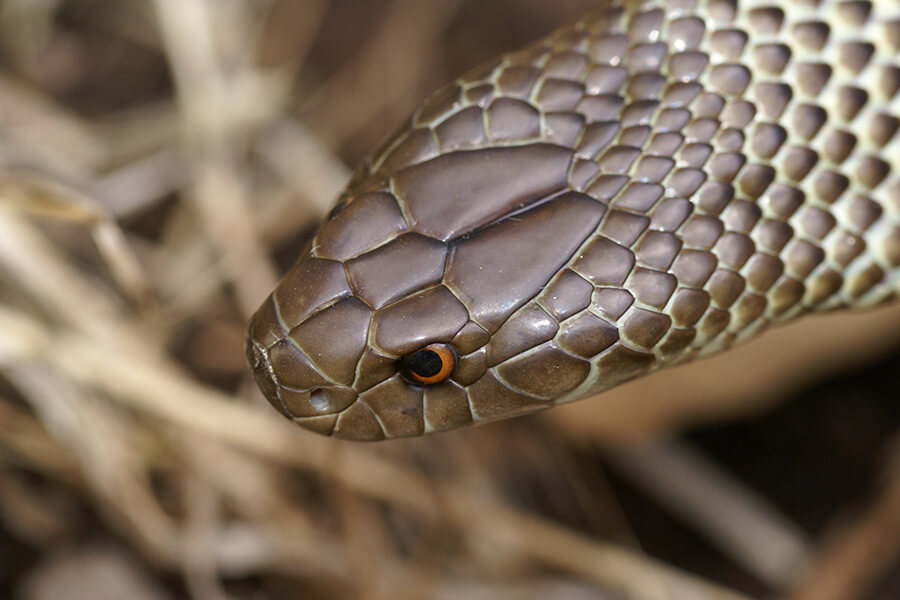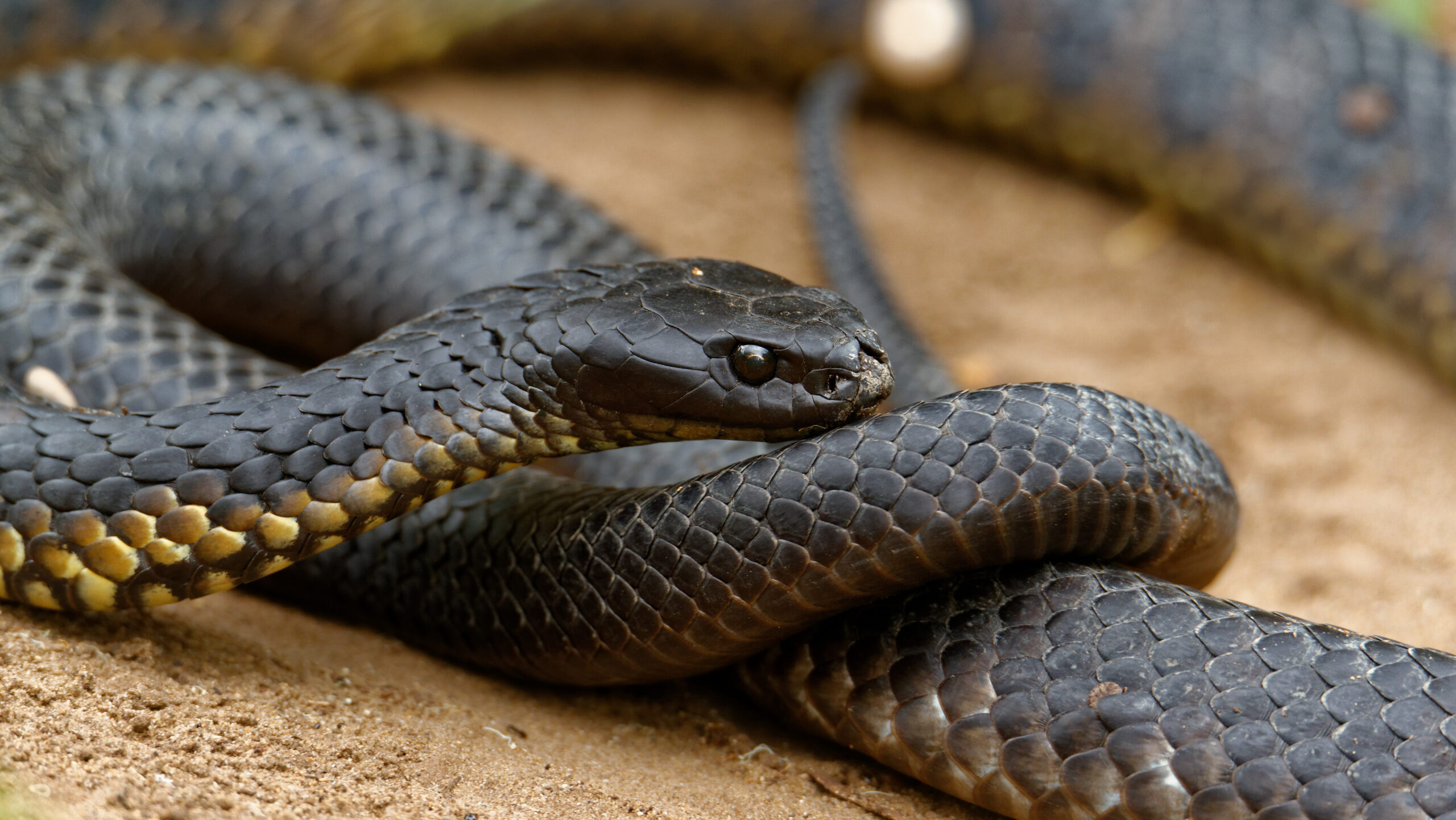Introduction
The tiger serpent is just one of Australia's a lot of infamous reptiles, been afraid for its potent poison and hostile personality. This remarkable animal plays a critical function in the environment, yet it frequently encounters misconceptions that bring about unnecessary fear. In this extensive write-up, we will certainly explore the globe http://elliotxpbl056.bearsfanteamshop.com/snake-bite-first-aid-treatment-protocols-you-should-follow-1 of the tiger serpent, discovering its environment, poison qualities, and important emergency treatment techniques in case of a serpent bite.
Understanding the Tiger Serpent: Habitat, Venom, and Emergency Treatment Essentials
Tiger serpents are predominantly discovered along the southerly coastline of Australia, including Tasmania. They grow in different environments such as marshes, coastal regions, and even metropolitan locations. Their adaptability makes them successful predators; nevertheless, their proximity to human habitats typically causes experiences that can result in bites.
This post aims to debunk tiger snakes by discussing their environment choices, analyzing their venom make-up and effects on human beings, and supplying crucial emergency treatment details for bites.
1. Tiger Snake Environment: Where Do They Live?
1.1 Overview of Tiger Serpent Distribution
Tiger serpents (Notechis scutatus) are largely located in southern Australia and Tasmania. They occupy different communities varying from seaside marshes to freshwater lakes.
- Coastal Regions: Tiger snakes are often seen near coastlines where they search for fish and amphibians. Wetlands: These locations supply sufficient concealing areas and abundant prey. Urban Areas: As cities expand into natural environments, tiger serpents may be seen venturing right into suburban gardens or parks.
1.2 Preferred Environments of Tiger Snakes
Tiger serpents favor wet atmospheres where water resources are readily offered. Their habitats normally include:
- Marshes: The dense plant life allows them to ambush target effectively. Swamps: These locations provide sanctuary from predators while providing a rich searching ground. Riversides: Water bodies attract several pets which act as food resources for these snakes.
1.3 Environmental Aspects Influencing Environment Choice
Several elements influence where tiger snakes choose to stay:
- Temperature: Being ectothermic (cold-blooded), they require cozy environments for optimal task levels. Prey Availability: High populaces of frogs and small animals attract these snakes. Shelter: Thick plants offers not just as camouflage yet also as protection against prospective threats.
2. Are Tiger Snakes Venomous? Comprehending Their Venom
2.1 Composition of Tiger Serpent Venom
Yes! Tiger serpents are indeed venomous animals. Their poison is a complicated combination including neurotoxins that can create paralysis and coagulopathies impacting blood clot mechanisms.
Key Components of Poison:
- Neurotoxins: Influence nerve function leading to paralysis. Hemotoxins: Damages capillary creating inner bleeding.
Understanding these elements helps us appreciate the potency of a tiger serpent bite.
2.2 Impacts of a Tiger Snake Bite on Humans
A bite from a tiger serpent can lead to extreme signs and symptoms:
- Local Symptoms: Pain, swelling, and discoloration at the bite site. Systemic Symptoms: Nausea, vomiting, problem taking a breath due to paralysis or constraint of airways.
Severity Levels
Minor Bite: Localized pain without systemic symptoms. Moderate Bite: Systemic signs but workable with clinical care. Severe Bite: Serious; calls for immediate medical intervention.3. Recognizing Various Types of Tiger Snakes
3.1 Eastern vs Tasmanian Tiger Snakes
There are two primary categories based upon geographical distribution:
Eastern Tiger Snake (Notechis scutatus)
Found along eastern coastlines approximately Queensland.
Tasmanian Tiger Serpent (Notechis scutatus)
Adapted especially to Tasmania's one-of-a-kind environment with slightly differing coloration patterns.
3.2 Shade Variants in Environment Preferences
Tiger serpents exhibit significant shade variants relying on their habitat:
- Coastal populations often present red stripes or blotches for much better camouflage versus sandy shores.
4. Behavior Patterns of Tiger Snakes
4.1 Hostility Level
Tiger snakes are known for their aggressive habits when endangered or collared which can cause defensive strikes if provoked.
4.2 Hunting Techniques
They have impressive Epidemiology of Snake Bites agility allowing them to strike promptly at target such as frogs or tiny rats primarily throughout golden hours when they're most active-- making them nighttime hunters!
5. First Aid for Serpent Bites: Necessary Actions You Need To Know
When it involves handling serpent bites, knowledge is vital!
5.1 Immediate Actions After a Bite
If bitten by a tiger serpent:
Stay calm! Panic enhances heart rate which spreads out poison faster with your bloodstream.
Apply stress around the wound utilizing tidy towels-- avoid reducing or drawing out venom!
Remove limited clothing/jewelry near the bite site; swelling may occur rapidly.
Immobilize the affected arm or leg utilizing splints when possible-- this restricts activity helping decrease venom spread!
5.2 Obtaining Medical Help
Seek emergency clinical help promptly! Time is crucial when taking care of prospective envenomation from tiger serpents!
5.3 Emergency treatment Kit Essentials for Snake Bites
Having a well-equipped emergency treatment kit can make all the difference during emergency situations:
|Item|Summary|| ------|-------------|| Pressure Plaster|Helps immobilize wound|| Clean and sterile Gauze|For clothing wounds|| Emergency Get In Touch With Details|Quick accessibility numbers|| Antivenom Details|Understanding concerning neighborhood antivenoms|
6 FAQs About Tiger Snakes
Q1: Are all tiger snakes dangerous?
A: While all have venomous abilities influencing human beings dramatically-- most favor evasion unless threatened!
Q2: Exactly how rapidly does tiger serpent poison impact humans?
A: Signs and symptoms may materialize within minutes relying on area & & quantity injected throughout envenomation events!
Q3: Can you survive a tiger serpent bite without treatment?
A: Without treatment bites can be fatal because of fast progression; prompt treatment is crucial!


Q4: What should I do if I experience one?
A: Keep range & & pull back gradually; prevent unexpected activities that may prompt aggression!
Q5: Just how typical are attacks from tiger snakes?
A: Although experiences occur regularly-- real bites stay fairly uncommon due mainly due precautionary procedures taken by locals living within impacted ranges.
Q6: Exists an antidote available?
A: Yes! Antivenoms details for Australian types exist-- medical centers Discover more here lug these drugs all set when required urgently post-bite incidents!
7 Conclusion
Understanding the ins and outs surrounding "Comprehending the Tiger Snake: Habitat, Poison, and First Aid Essentials" is critical not just for individual safety however additionally cultivating coexistence with these amazing creatures occupying Australia's landscape! By finding out more regarding their actions & & efficient action strategies regarding possible experiences-- we outfit ourselves better versus unnecessary concerns while valuing nature's diversity fully! So let's accept education instead fear-- it leads in the direction of harmony between mankind wild animals alike!